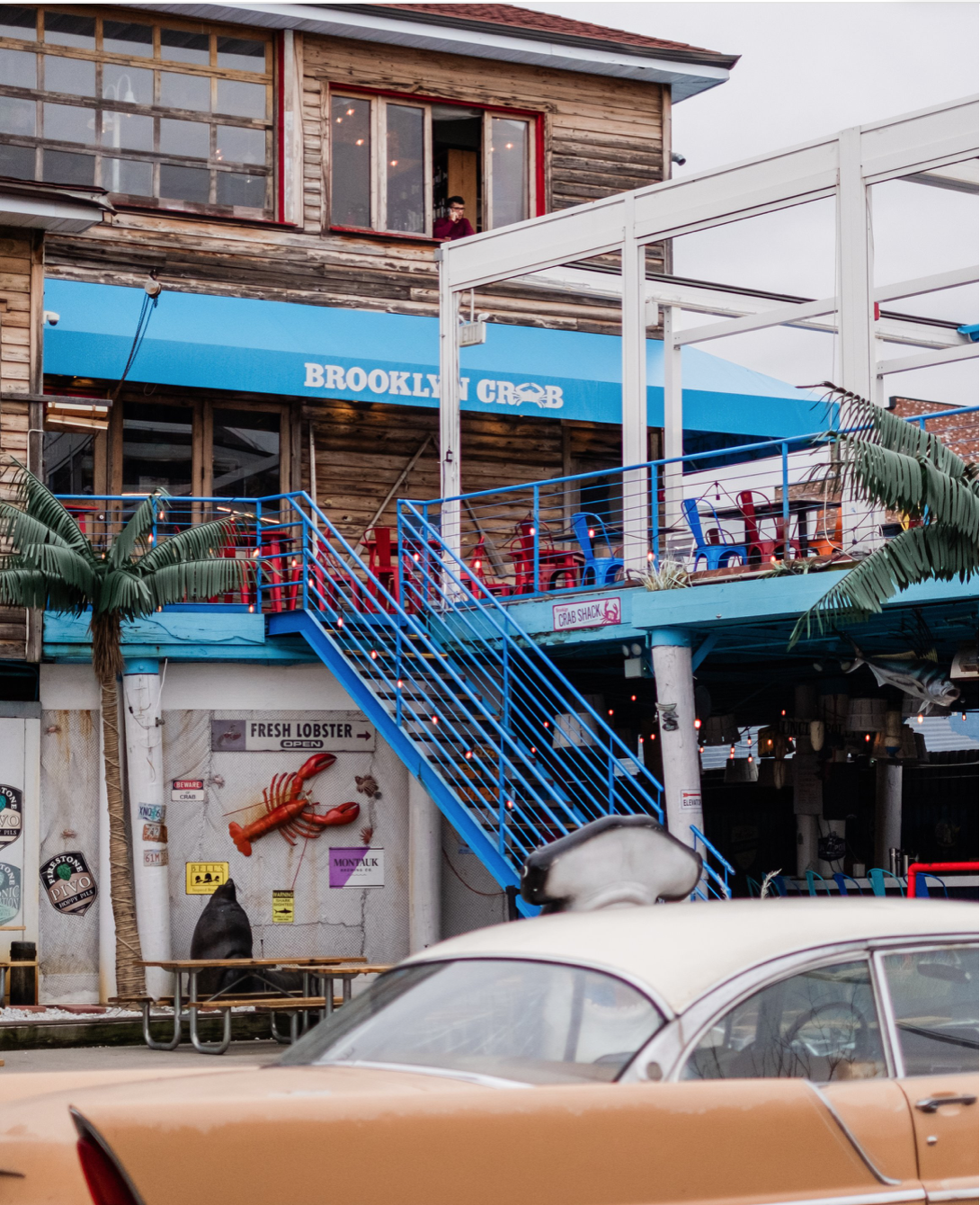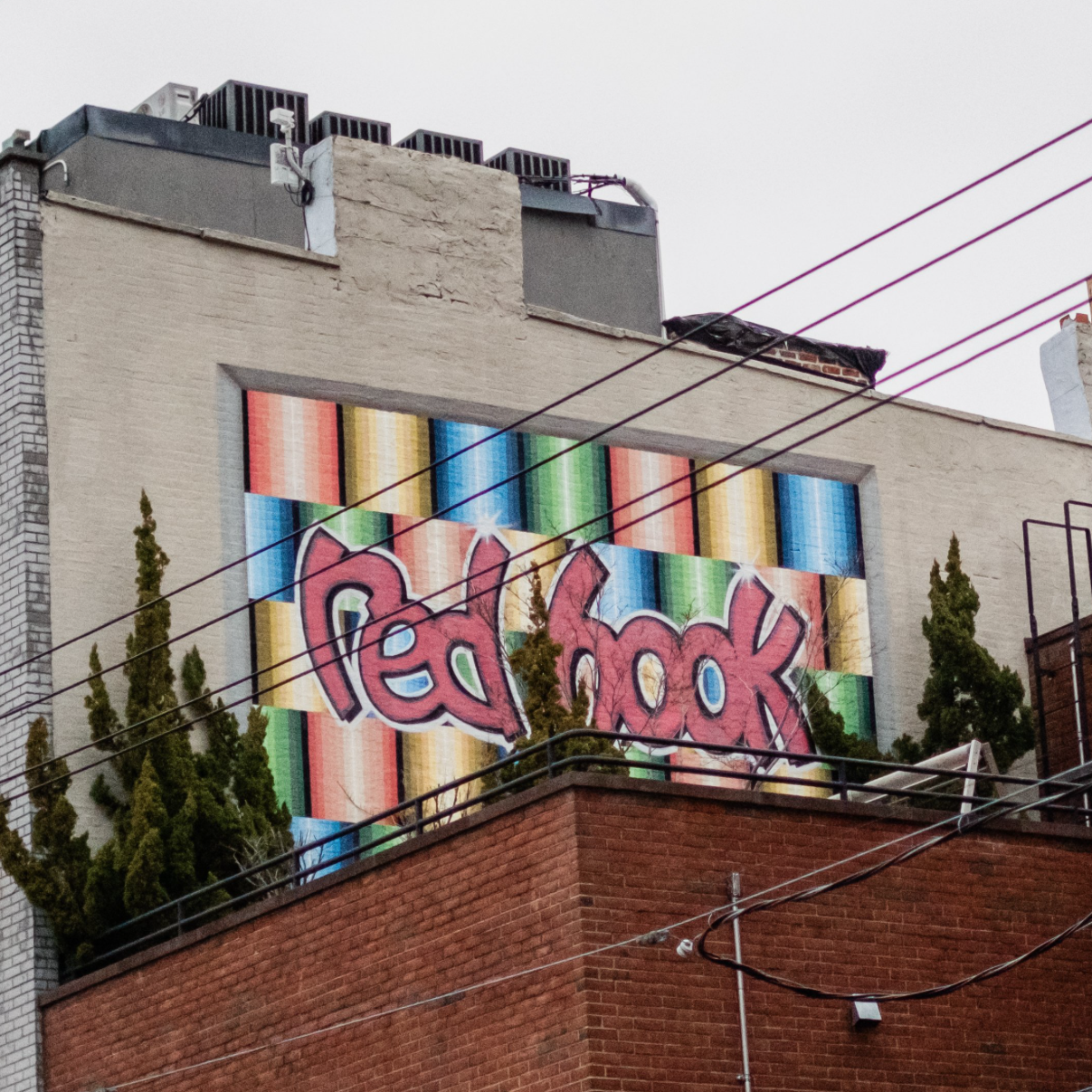Once you step on its cobblestone streets, glimpse Valentino Pier’s vistas,or even whiff its briny air, Red Hook will reel you in.
BY JEREMY KLEIN
This is Red Hook The PlaceThe Place
The tale of New York City is countless chapters long, undergoing an ad infinitum cycle of revisions and addendums. As such, there is always time for a rise-and-fall story arc to shoot upward again. In seaside Red Hook, an ethos of getting back off the mat is integral to the area’s perpetual charm, making it more than a mere contender. Down along Brooklyn’s coast — across Buttermilk Channel from Governors Island and within waving distance of the Statue of Liberty — this remarkable neighborhood has cultivated an identity like few others across NYC’s sprawling reach. To know Red Hook is to love it, so let’s waste no more time on the former so we can get right to the latter.
The Place

Time tried to forget Red Hook, but it’s not the neighborhood’s style to go down without a fight. It keeps a low profile, figuratively and literally: the closest thing you’ll find to a tower is the Red Hook Grain Terminal, a 12-story waterfront grain elevator at the foot of Henry Street Pier. Bypassed by subway construction in the 20th century, today’s Red Hook is a last stand of the low-rise industrial waterfront that helped fashion New York as a global economic powerhouse. Its main drag, along Van Brunt Street, feels more like a sleepy New England fishing village than a business district within a global city. The streets here go quiet earlier than most, leaving Red Hook’s cobblestone lanes with a surreal level of tranquility — especially on weeknights. A lack of high-rises affords unobstructed views of the starry night sky, not to mention the lights of bobbing tugboats and Staten Island’s hillsides twinkling off the water. Much of Red Hook resides in buildings that have stood since its heyday and accordingly retain sought-after period details — think exposed brick, woodwork, concrete floors, etc. — that can never be recreated. Among Red Hook’s more distinct vintage structures are its three “stores,” or storehouses, some dating to before the Civil War. The extant brick buildings — the Beard and Robinson Stores, the Merchant Stores, and the Red Hook Stores — are almost hypnotic in design, sporting infinite-seeming rows of extra-large arched windows. Today, this triad has been spun off into numerous functions: loft residences, studio spaces, a winery, and more.



